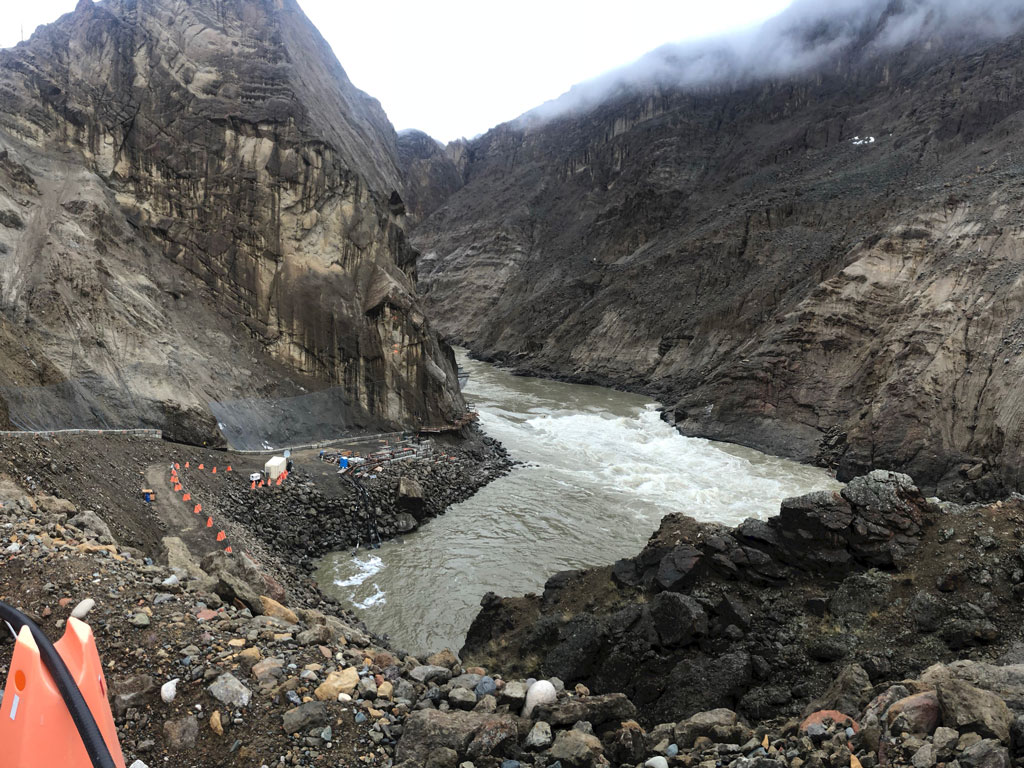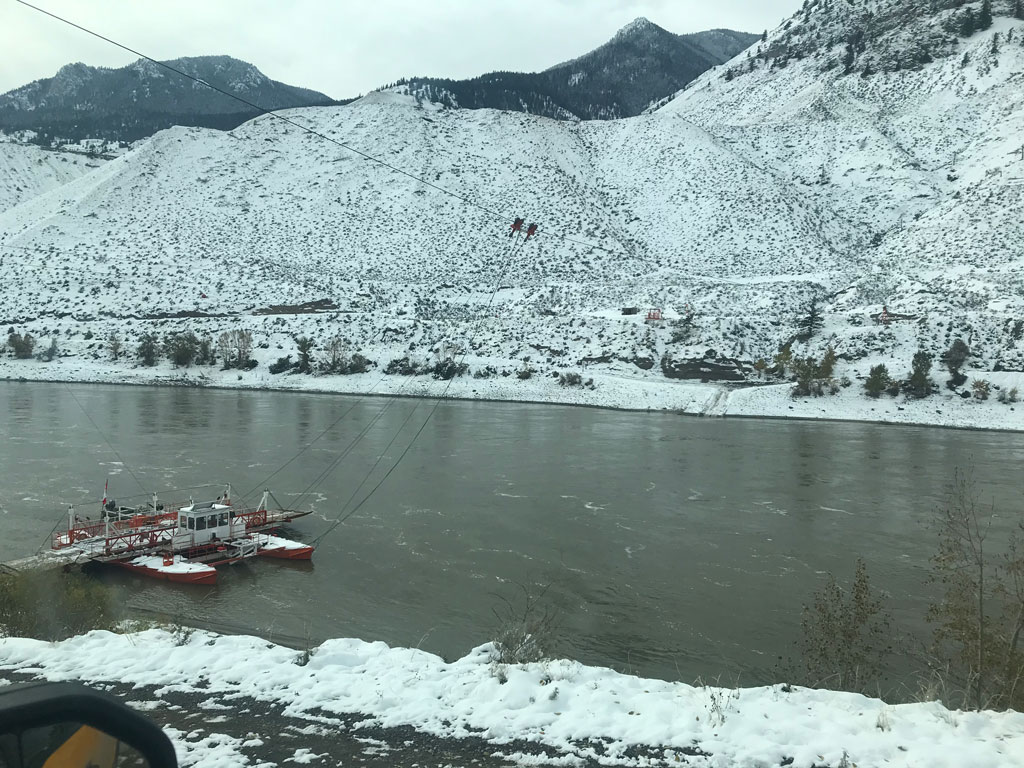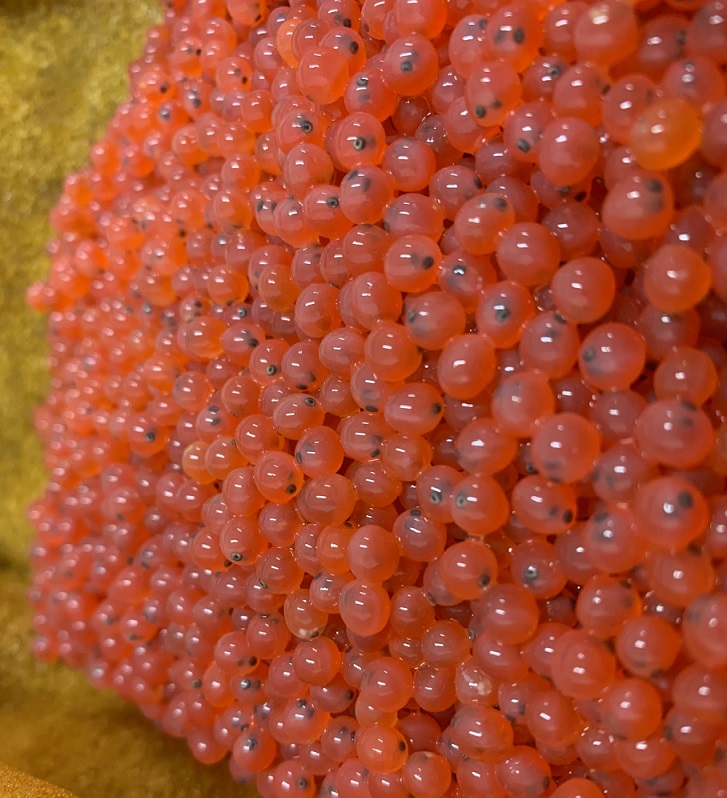cuttlefish
Well-Known Member
It’s encouraging to hear about the large numbers of jack Chinook and sockeye showing up.
Anything new on the permanent fish ladder contemplated for next year That was mentioned in an earlier post?Big Bar landslide response information bulletin
October 30 2020
135,000 embryos from Early Stuart and Bowron sockeye expected to hatch this November
Following incubation at the Cultus Lake Research Laboratory, the 240,000 Early Stuart sockeye eggs and 19,500 Bowron sockeye eggs have resulted in the survival of 125,000 and 10,000 embryos respectively. These eyed eggs have been transferred to the Inch Creek Hatchery where they will remain until their release in summer 2021. The eggs, weighing a mere 0.07 gram each, are expected to begin hatching in early November.
At the alevin stage of their life cycle, fish biologists will use the well-established Otolith thermal marking method to mass-mark the juvenile fish. Otoliths, or ear stones, are found in the head of most fish and grow over time, leaving distinct rings similar to tree rings. Short-term temperature fluctuations create distinctive structural marks onto the otoliths of incubating fish. These marks will help biologists identify the hatchery-produced sockeye when they return to their natal streams in four years, and better understand their life cycle from fry to adulthood.
Update on fish monitoring
The numbers of coho arriving at the slide site is dropping significantly as the end of the migration season fast approaches. The monitoring program has concluded its onsite operations and radio tagging activities ended on October 21. To date, 349 chinook, 280 coho and 422 sockeye have been tagged. The Alfalfa and Churn Creek sonars ceased operations by October 24. Upper watershed telemetry monitoring will continue, weather permitting.
The monitoring team will now shift its focus to completing a thorough post-season evaluation to determine how many of each species migrated to, past and beyond the slide site.
Ongoing onsite operations
Wet fall weather and river conditions continue to create transport challenges for crews. The work site had its first snow on the weekend. Nevertheless, work continues to decommission the site of equipment used for summer fish transport operations.

The West Beach, following a recent heavy rainfall.

The Big Bar Ferry saw its first snow this past weekend.

Early Stuart sockeye eggs containing embryos are expected to begin hatching in the coming weeks. These eggs were collected from fish migrating through the Big Bar landslide site in 2020. The resulting fry will be released in summer 2021.
https://www.pac.dfo-mpo.gc.ca/pacific-smon-pacifique/big-bar-landslide-eboulement/index-eng.html
Your welcome and thanks for pointing out the disappointing egg survival, I missed that on the first pass.Yes thankyou GLG. Disappointing egg survivals.
I'm not in a position to know but I sure hope so.Anything new on the permanent fish ladder contemplated for next year That was mentioned in an earlier post?
Be interesting to see the final instream counts are..
